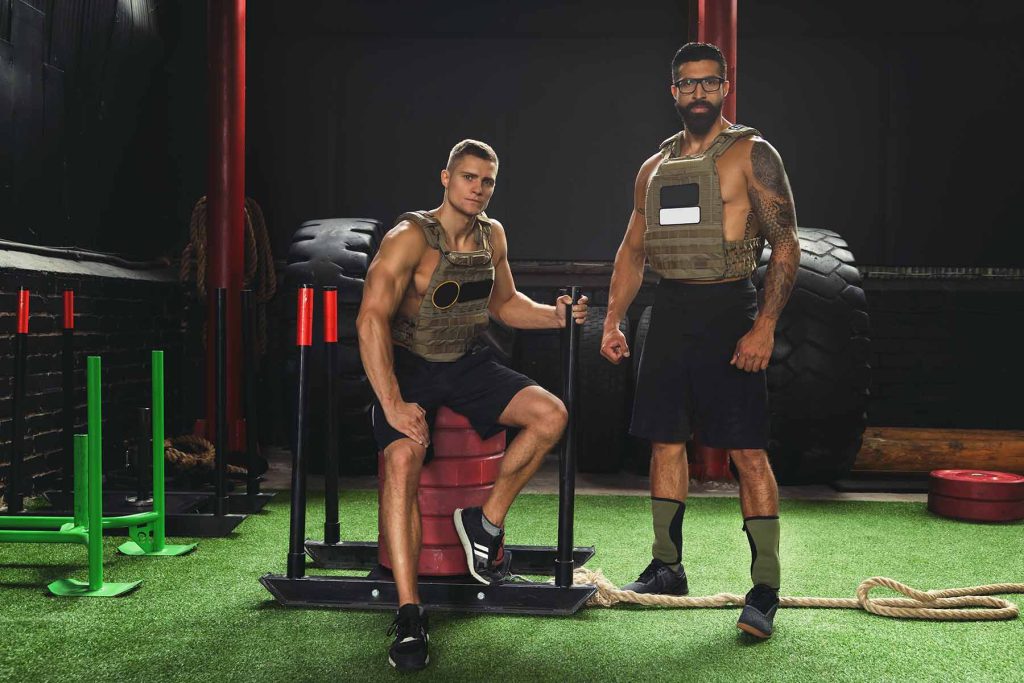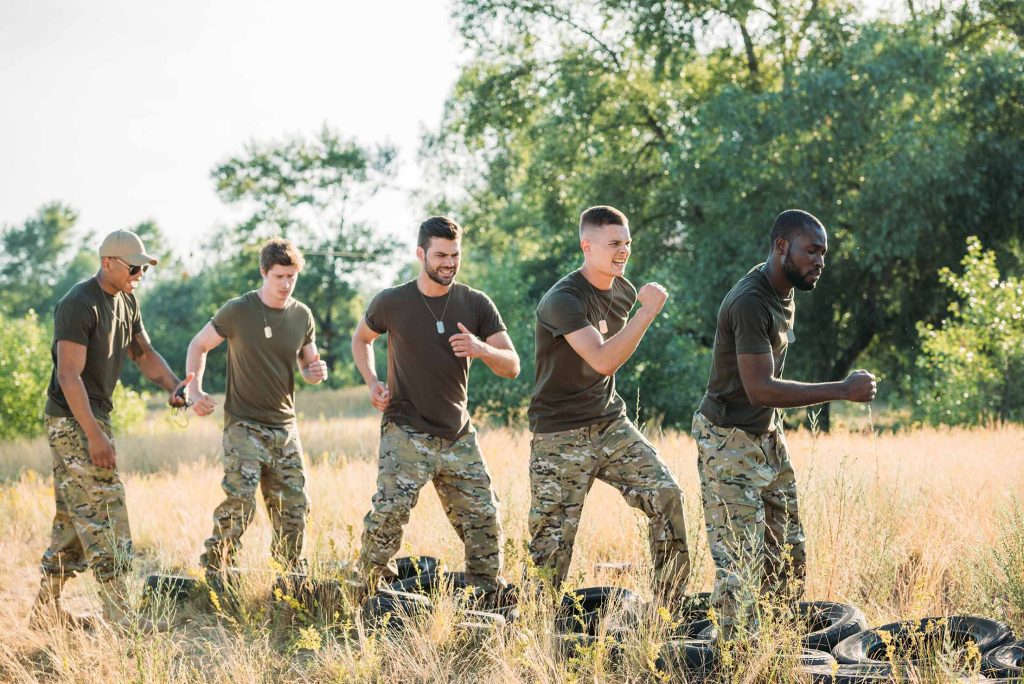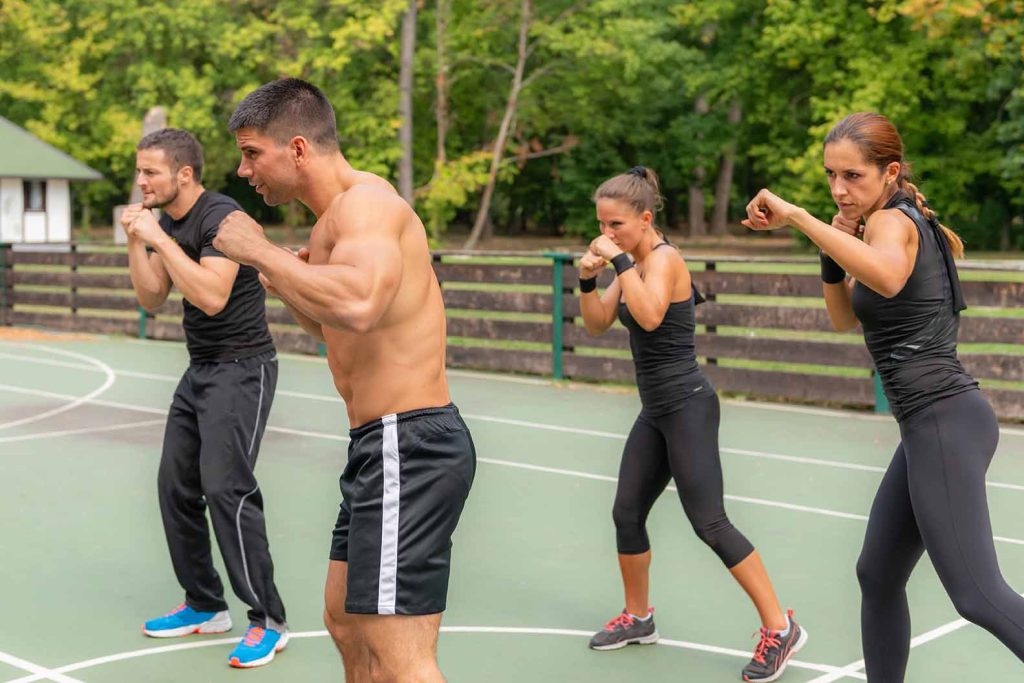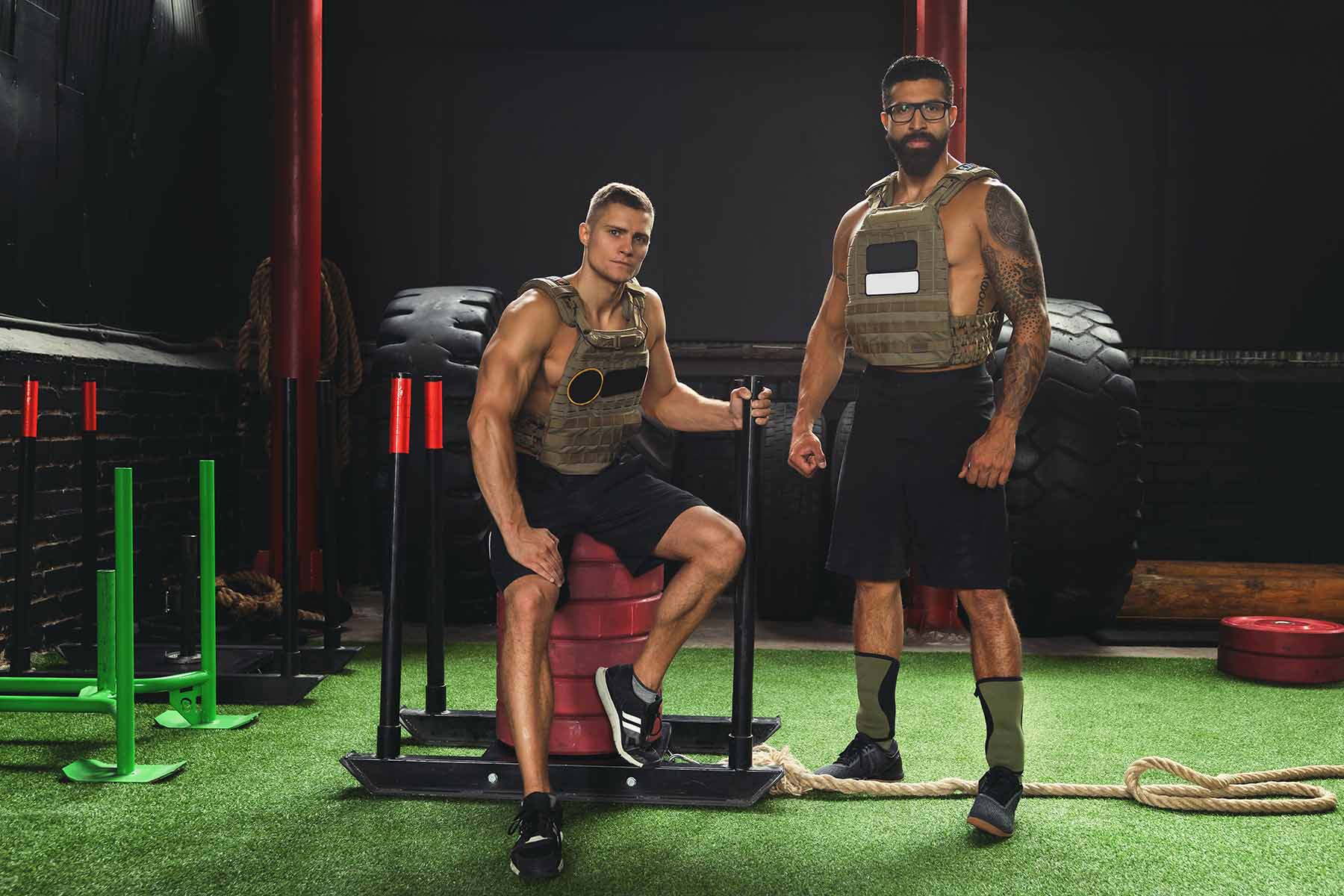The Army Combat Fitness Test (ACFT) is the U.S. Army’s replacement for the outdated Army Physical Fitness Test (APFT). The ACFT is designed to more accurately reflect the physical demands of combat and enhance overall physical fitness among soldiers. Whether you’re an active-duty soldier, reservist, or fitness enthusiast curious about military exercises, this guide will help you understand the ACFT, its six events, and how to train efficiently to pass with flying colours.

What is the ACFT?
The ACFT is a six-event physical fitness test that measures muscular strength, endurance, power, dexterity, and aerobic capacity.
The Six ACFT Events:
3-Repetition Maximum Deadlift (MDL).
Standing Power Throw (SPT).
Hand-Release Push-Ups (HRP).
Sprint-Drag-Carry (SDC).
Leg Tuck or Plank (LTK/PLK).
Two-Mile Run (2MR).
Each occasion imitates real-world military jobs and is scored on a 100-point scale, with a total possible score of 600 points.
Detailed Breakdown of Each Event.
1. 3-Repetition Maximum Deadlift (MDL).
Objective: Measure lower-body strength.
How it works: Lift the maximum weight (hex bar) three times with proper form.
Training Tips:
- Concentrate on substance raises like squats and Romanian deadlifts.
- Reinforce your core and glutes.
2. Standing Power Throw (SPT).
Goal: Assess explosive power.
How it works: Throw a 10-lb conditioning ball backward and overhead for optimum distance.
Training Tips:
- Practice explosive movements, such as kettlebell swings, cleans, and conditioning ball slams, to enhance your overall strength and conditioning.
- Enhance shoulder movement and core strength.

3. Hand-Release Push-Ups (HRP).
Objective: Evaluate upper-body muscular endurance.
How it works: Perform as many push-ups as possible in 2 minutes, launching hands from the ground in between each rep.
Training Tips:
- Incorporate push-up variations: decrease, diamond, and incline push-ups.
4. Sprint-Drag-Carry (SDC).
Objective: Test anaerobic capability, agility, and muscular endurance.
How it works: Sprint 25 meters, drag a sled, run laterally, carry two 40-lb kettlebells, and sprint once again.
Training Tips:
- Do high-intensity interval training (HIIT).
- Enhance grip strength and work on short-distance sprinting drills to improve your performance.
- Practice the full occasion to develop coordination and pace.
5. Leg Tuck or Plank (LTK/PLK).
Objective: Gauge core and upper-body strength.
How it works: Either perform leg tucks (bring knees to elbows from a hanging position) or hold a slab as long as possible.
Training Tips:
- Practice hanging leg raises and planks frequently.
- Strengthen your lats, abs, and hip flexors.
- Participate in pull-up bar exercises to improve your grip and control.

6. Two-Mile Run (2MR).
Objective: Measure cardiovascular endurance.
How it works: Complete a 2-mile run in the shortest time possible.
Training Tips:
- Follow a structured running strategy that includes interval runs, pace runs, and long-distance runs.
- Focus on the appropriate running kind and breathing methods.
- Do not disregard leg day– strong legs help improve running effectiveness.
Training Plan for ACFT Success.
A balanced weekly training program should include strength training, conditioning, movement work, and recovery. Here’s a sample structure:
Weekly Training Overview:
Day 1: Upper Body Strength + Push-Ups.
Day 2: Speed & Agility (Sprint/Drag/Carry Focus).
Day 3: Lower Body Strength + Deadlift Practice.
Day 4: Core Training + Leg Tuck or Plank.
Day 5: Long Run (Endurance Focus).
Day 6: Full-Body Functional Training or ACFT Simulation.
Day 7: Rest or Active Recovery (Mobility, Light Jogging, Stretching).
Pro Tip: Always warm up before and cool off after your sessions.
Nutrition and Recovery Tips.
To maximise efficiency and minimise injury risk, do not overlook your diet and recovery.
Nutrition:
- Consume well-balanced meals abundant in protein, complex carbohydrates, and healthy fats.
- Stay hydrated, particularly during outdoor exercises.
- Time your meals: consume a light treat (protein + carbs) before training and a complete meal post-workout for optimal recovery.
Recovery:
- Utilise foam rolling, massage, or stretching to aid in muscle healing.
Mindset: The Mental Side of the ACFT.
Mental durability plays a huge role in ACFT success. Approach the test with focus, self-confidence, and discipline. Picture yourself finishing each occasion effectively and staying consistent with your training.
Even if you struggle in one area (like the leg tuck or 2-mile run), know that improvement comes with consistent effort and clever strategy.

Common Mistakes to Avoid.
- Ignoring particular occasion training. General fitness isn’t enough– train for each event.
- Avoiding rest and recovery. Overtraining causes burnout and injury.
- Inconsistent exercises. Train frequently– consistency beats strength.
- Poor form. Practice the appropriate method to avoid disqualification during the test.
- Overlooking nutrition.
Final Thoughts.
The Army Combat Fitness Test is more than just a physical fitness examination —it’s a reflection of combat readiness and overall physical capability. By training smart, eating well, and maintaining a resilient mindset, you can master the ACFT and elevate your physical fitness to the next level.
Whether you’re preparing for Basic Training or desire to challenge yourself with a military-level exercise, the ACFT provides a well-rounded measure of real, practical fitness.
Lace up your shoes, grab your weights, and get all set to dominate every event!
The Army Combat Fitness Test (ACFT) is the U.S. Army’s standard for soldiers. Whether you’re an active-duty soldier, reservist, or fitness enthusiast curious about military exercises, this guide will help you understand the ACFT, its six events, and how to train effectively to pass with flying colours.
Psychological durability plays a huge role in ACFT success. Envision yourself completing each event successfully and maintaining consistency in your training.
